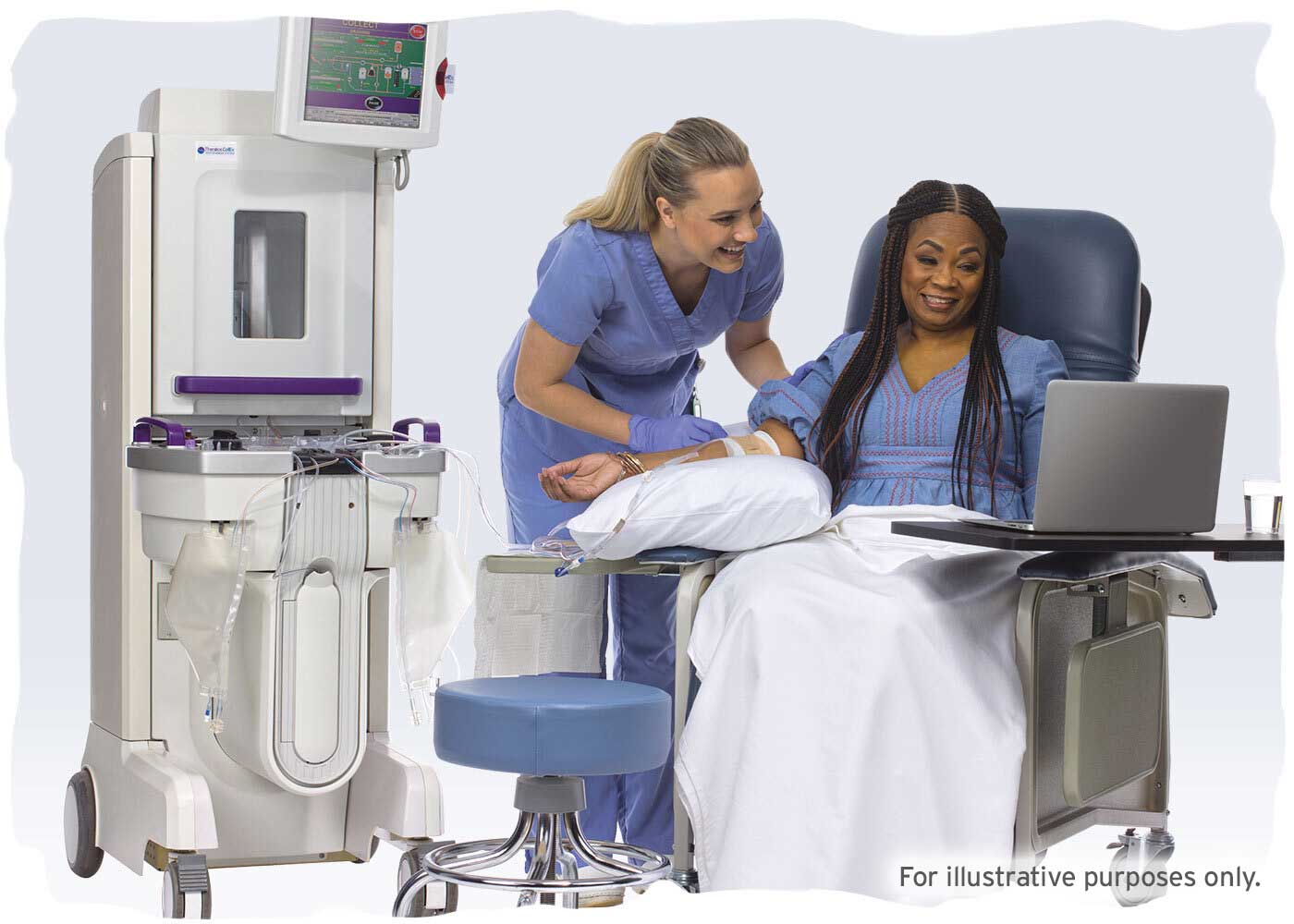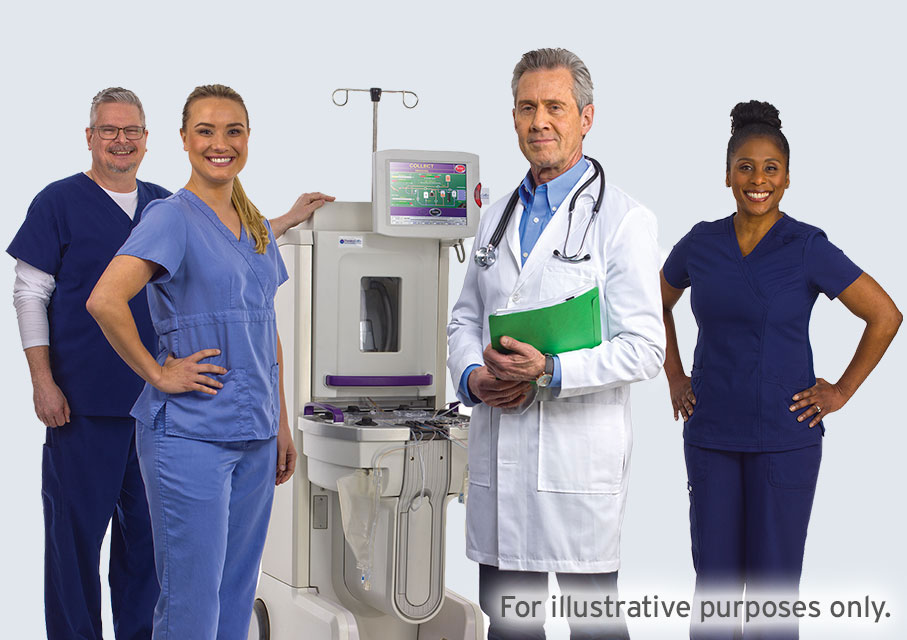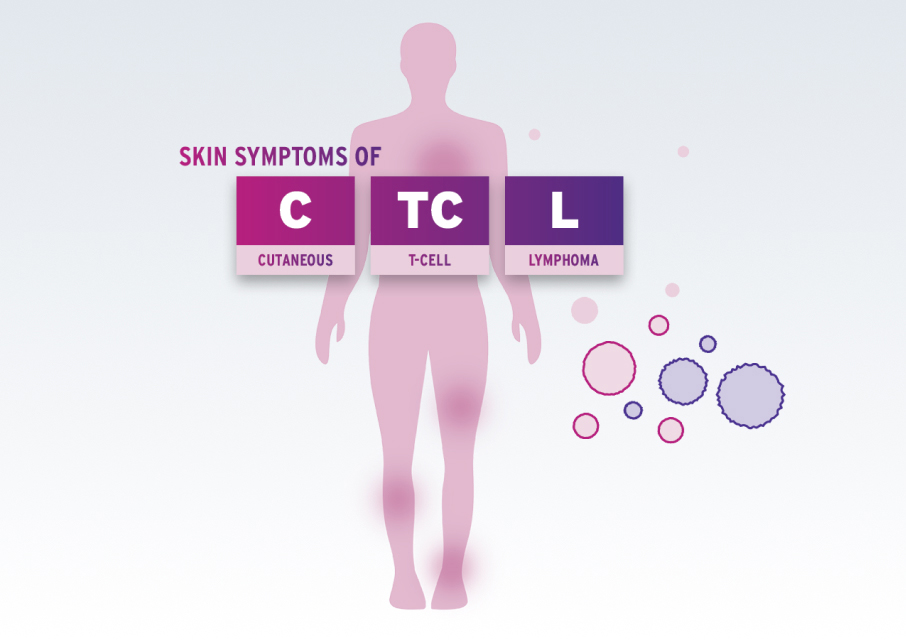What is THERAKOS® Photopheresis?
THERAKOS Photopheresis is an extracorporeal photopheresis (ECP) treatment used by people whose CTCL skin symptoms have not responded to other types of treatments. This therapy is believed to work by harnessing the power of your own immune system, acting from inside your body to treat CTCL skin symptoms.
The exact way that THERAKOS Photopheresis works is not known.
Extracorporeal photopheresis is also known as photopheresis, or ECP:
- “Extracorporeal” means outside the body
- “Photopheresis” is the combination of two words, “photo,” which means light, and “apheresis,” which means separation. So ECP involves collecting and separating a small fraction of your blood cells and exposing them to ultraviolet light before returning them to your body
ECP is immunomodulatory. Immunomodulatory therapies work through the immune system to help fight disease.


Find a treatment center
Use an address or ZIP code to find treatment centers closest to you.

Access support and resources
Find downloadable resources, learn about advocacy organizations, and more.
Learn more about Kris’ experience with CTCL skin symptoms
“My doctor suggested that I make an appointment and visit the photopheresis center near me where I could learn more about the treatment and ask questions and that’s what I did.”
Featured patients have been compensated for sharing their stories. Results may vary.
The health status of the patient in the video reflects his or her condition at the time the video was recorded and may have changed over time.







